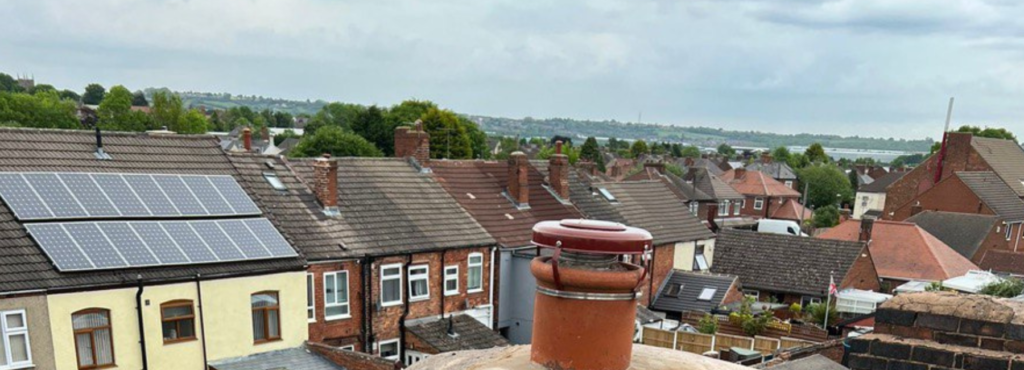Introduction: Effective rainwater management is crucial for maintaining the integrity and longevity of flat roofs. Due to their minimal slope, flat roofs are particularly susceptible to water pooling, leading to leakage, structural damage, and increased maintenance costs. This blog post explores essential strategies for designing efficient rainwater management systems for flat roofs, as recommended by Market Harborough Roofing Repairs, to ensure they remain functional and durable throughout their lifespan.
The Importance of Rainwater Management
Proper rainwater management systems are essential not only for preventing water damage but also for compliance with environmental regulations, which often require the control of stormwater runoff. Effective systems reduce the burden on municipal stormwater systems and minimise the impact of runoff on local waterways.
Key Components of Rainwater Management Systems
- Proper Sloping
- Design Considerations: While flat roofs are not completely flat, they require a precise slope to facilitate water drainage. The design should include enough slope to prevent any standing water, commonly achieved through tapered insulation or structural sloping at the construction stage.
- Implementation: As recommended by industry standards, the minimum slope for effective drainage should be 1/4 inch per foot.
- Drainage Systems
- Internal Drains: Situated at strategic points where water is most likely to collect, internal drains transport water away from the roof through pipes that run through the building. They are typically equipped with filters to prevent clogging from debris.
- Scuppers: These openings along the roof edge allow water to exit directly from the roof to the exterior. They are effective in heavy rain areas and can be aesthetically designed to complement the building’s exterior.
- Gutters and Downspouts: These traditional elements apply to flat roofs, especially around the perimeter, to channel water away from the building’s foundation.
- Waterproofing Membranes
- Selection of Materials: The right waterproofing membrane is crucial for any flat roof. Options include EPDM, TPO, and PVC, known for their durability and effectiveness in water resistance.
- Installation: Proper installation ensures that seams are well-sealed and all roof penetrations are adequately flashed to prevent leaks.
- Rainwater Harvesting
- System Integration: Incorporating rainwater harvesting into a flat roof design can turn an otherwise wasteful runoff into a useful resource. This system collects rainwater for reuse in irrigation, flushing toilets, or other non-potable applications.
- Storage and Filtration: Design considerations include the installation of storage tanks, which can be placed above or below ground, and filtration systems to clean the water for its intended use.
- Regular Maintenance and Inspections
- Routine Checks: Regular maintenance should include clearing debris from drains, strainers, and downspouts to prevent blockages.
- Inspections: Professional inspections are recommended at least twice yearly to identify potential issues early, particularly after heavy storms.
Design Strategies for Enhanced Efficiency
- Innovative Materials: Using advanced materials such as smart water-responsive surfaces that increase their permeability in response to moisture can further enhance the efficiency of rainwater management systems.
- Green Roofing Elements: Incorporating green or blue roofs (which store water for gradual release) can further aid in managing rainwater while providing additional insulation and environmental benefits.
Conclusion: Designing an effective rainwater management system for flat roofs requires careful planning and consideration of roof slope, drainage options, and waterproofing factors. By incorporating these elements into the roof design, property owners can protect their buildings from water damage while potentially reducing environmental impact and utility costs.
Call us on: 01858 457 198
Click here to find out more about Market Harborough Roofing Repairs
Click here to complete our contact form and see how we can help with your roofing needs.

